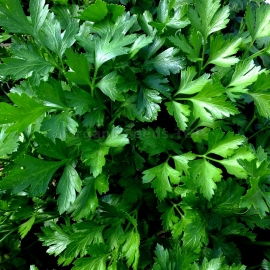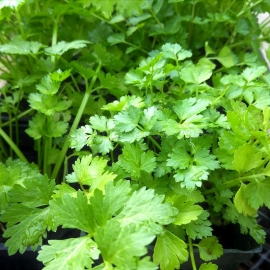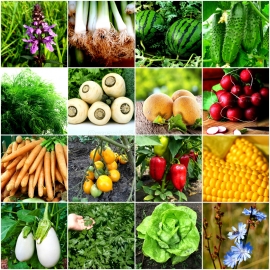



Organic Creeping Thistle Seeds (Cirsium arvense)
1.14 €
Thistles belong to the Thistle Subfamily of the Aster Family, along with artichokes. Compare an artichoke and a thistle, and notice that they are very similar, except in size. Like other members of the Aster Family, these are composite flowers.
-
Organic Creeping Thistle (Cirsium arvense)
Thistles belong to the Thistle Subfamily of the Aster Family, along with artichokes. Compare an artichoke and a thistle, and notice that they are very similar, except in size.
Like other members of the Aster Family, these are composite flowers, with many very small flowers clustered together on a disk, which is typically protected by overlapping layers of bracts. In other words, those are not sepals surrounding the flowerhead, but modified leaves called bracts. With a cooked artichoke, you can peel the bracts off one at a time, dip them in butter and eat the tender base of each one. You could do the same thing with thistles, except that the bracts are too small to bother with.
Uses
The root is tonic, diuretic, astringent, antiphlogistic and hepatic. It has been chewed as a remedy for toothache. A decoction of the roots has been used to treat worms in children. A paste of the roots, combined with an equal quantity of the root paste of Amaranthus spinosus, is used in the treatment of indigestion. The plant contains a volatile alkaloid and a glycoside called cnicin, which has emetic and emmenagogue properties. The leaves are antiphlogistic. They cause inflammation and have irritating properties
Root of first year plants - raw or cooked. Nutritious but rather bland, they are best used in a mixture with other vegetables. The root is likely to be rich in inulin, a starch that cannot be digested by humans. This starch thus passes straight through the digestive system and, in some people, ferments to produce flatulence.
Stems - they are peeled and cooked like asparagus or rhubarb. Leaves - raw or cooked. A fairly bland flavour, but the prickles need to be removed before the leaves can be eaten - not only is this rather fiddly but very little edible leaf remains. The leaves are also used to coagulate plant milks etc.
Products Viewed Before
Product code: 519
1.14 €
Early ripening variety, 23 days, root crops of elongated cylindrical shape with a blunt tip, white color, weighing 20-25g, white flesh, very dense, juicy, tender and pleasant to the taste.
Product code: 7260
1.14 €
Specially developed for use as fresh seasoning, this flat-leaf parlsey offers large, bright green leaves on compact plants. Far more nutritious than its curly-leafed cousin, flat-leaf parsley is easy to grow.
Product code: 9542
1.14 €
Spicy, essential oil plant, belonging to the type of vegetable coriander. It is recommended for growing in an open and protected ground. The variety is late-ripening, from full sprouts to harvesting 30-50 days. The height of the rosette is 15-18 cm.
Product code: 10751
10.99 €
Organic Heirloom Variety Seeds. 100% Heirloom, Natural & Non-GMO Strains Grown in the Ukraine. Brand оf this year Stock. Open Pollinated with Very High Germination Rate.




